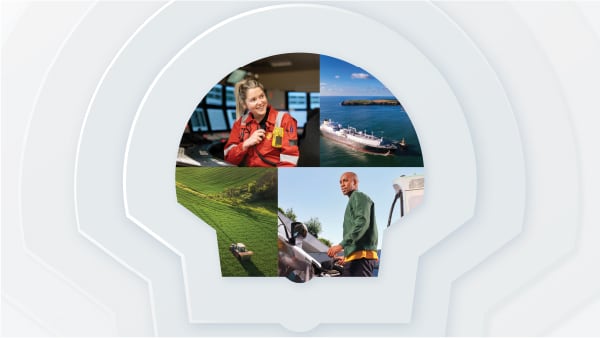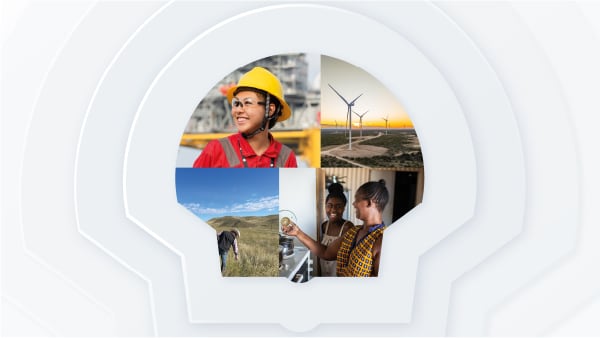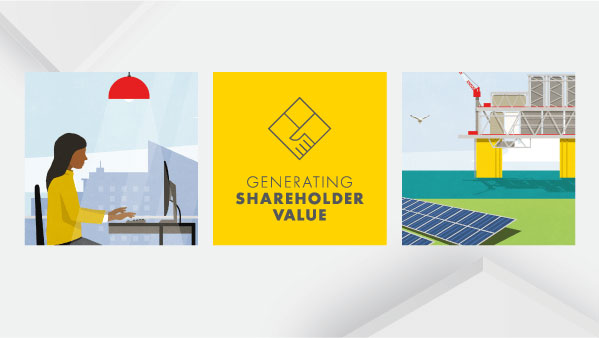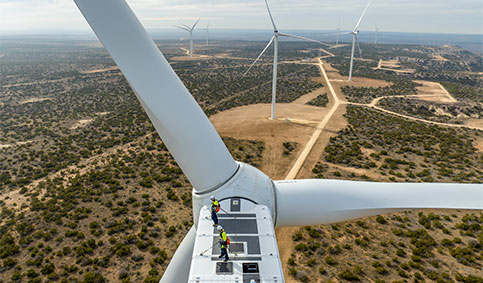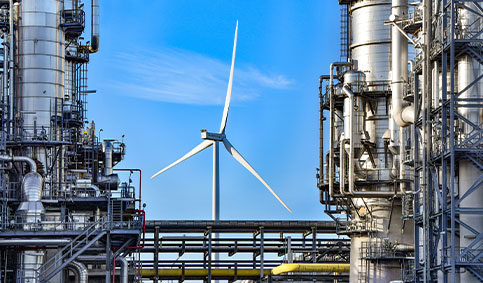Net-zero emissions
Most countries have set net-zero targets, covering close to 90% of global emissions.[1] While we welcome this progress, more action is urgently needed to ensure that net-zero emissions targets are translated into comprehensive policy frameworks to help achieve national net-zero goals.
In 2023, we supported the outcome of the UN Conference of Parties (COP28) in the UAE where nearly 200 countries agreed to transition away from fossil fuels.
In the European Union (EU), we responded to the consultation on an EU 2040 climate target.[2] We set out our views on the type of supply- and demand-side policies we believe are needed to help drive decarbonisation in the industry and transport sectors.
In the USA, we continued to support policies that we believe move the country towards its target of achieving net-zero emissions by 2050. In 2023, we called for the implementation of the Inflation Reduction Act (IRA) and the Infrastructure Investment and Jobs Act (IIJA), and for permitting reform to help deliver new projects relating to the IRA and IIJA. We also advocated through associations in relation to regulation in the power sector and standards for vehicle tailpipe emissions.
We provide more detail about our advocacy on some of these topics on our website.[3]
Shell scenarios
We use our energy security scenarios in our engagements with a range of stakeholders, including governments.[4] Although our scenarios are not expressions of our strategy and are not our business plans, they help inform our beliefs.
In 2023, we published The Energy Security Scenarios, consisting of two scenarios:[5]
- In Archipelagos, the energy security mindset becomes entrenched worldwide. Sentiment shifts away from managing emissions and towards energy security. Despite this shift, low-carbon technologies are adopted as part of the drive to achieve energy security. Competition drives innovation and emissions decline, but not fast enough to prevent the global average surface temperature rising to the end of the century. By 2100, the global temperature rise is stabilising at 2.2°C as the world closes in on net-zero emissions. This scenario is exploratory: it seeks to plot a course from where the world stood in 2022.
- In Sky 2050, long-term climate security is the primary anchor. Low-carbon energy infrastructure is rapidly built to meet concerns over energy security and price. Global emissions start to fall from 2025 and the energy system quickly transforms. The world reaches net-zero emissions in 2050. Despite this achievement, there is a period in which the global average temperature rise is more than 1.5°C. The world goes on to bring it back to 1.2°C by the end of the century. This scenario is normative and extremely challenging: it set goals of net-zero emissions by 2050 and warming restricted to below 1.5°C by 2100, and then worked back to the realities of 2022 to explore how these end points could be reached.
We also publish shorter scenarios reports, called sketches, which focus on the dynamics for energy and decarbonisation in specific places.[6] In 2023, we published sketches for the UAE and India:
- UAE Scenarios Sketch: Entering a world of competitive transitions,[7] which was written in collaboration with the UAE’s Ministry of Energy and Infrastructure.
- India transforming to a net-zero emissions energy system: A call to action to 2030,[8] which builds on the 2021 Shell and The Energy Resources Institute (TERI) scenarios sketch on India. The report highlights the key steps that must be taken this decade for India to be on the path outlined in the original sketch.
We are planning to publish a sketch for Brazil later this year.
International net-zero initiatives
We continue to work with Mission Possible Partnership (MPP), a group of climate leaders and companies which aims to drive industrial decarbonisation across the world’s highest-emitting heavy industry and transport sectors.[9]
MPP’s ambition is to unlock a first wave of decarbonisation projects across these sectors before 2025 and inspire a second wave of projects before 2030. It aims to put these sectors on a trajectory that would help limit the rise in global temperatures to as close as possible to 1.5°C.
We have been involved in several sector-based initiatives, including the Getting to Zero Coalition for shipping, Clean Skies for Tomorrow Coalition for aviation and the Road Freight Zero coalition for heavy-duty road transport. We have also participated in initiatives such as the Net-Zero Steel Initiative for the steel sector, Concrete Action for Climate for the concrete and cement sectors, and Aluminium for Climate for the aluminium sector.[10]
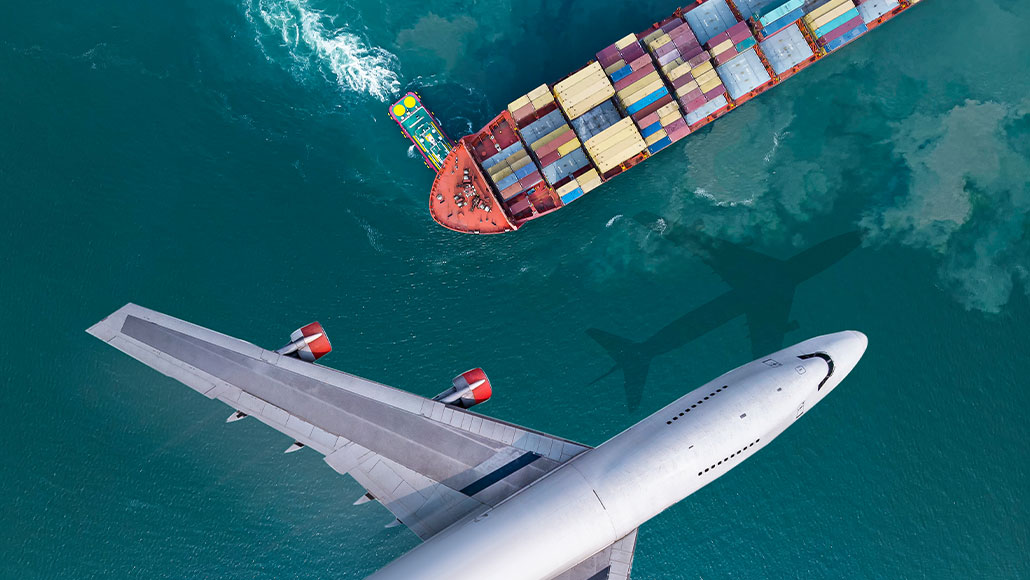
[1] climateactiontracker.org/global/cat-net-zero-target-evaluations
[2] www.shell.com/external-redirects/eu-2023-six-shell-submission-eu-2040-climate-target
[4] Scenarios are not intended to be predictions of likely future events or outcomes and, therefore, are not the basis for Shell’s operating plans and financial statements.
[5] www.shell.com/news-and-insights/scenarios/the-energy-security-scenarios.html
[6] www.shell.com/news-and-insights/scenarios/scenarios-where-you-live.html
[7] www.shell.ae/transitioning-towards-a-sustainable-and-inclusive-energy-future.html
[8] www.shell.in/energy-and-innovation/india-transforming-to-a-net-zero-emissions-energy-system.html
[9] missionpossiblepartnership.org/
[10] missionpossiblepartnership.org/sector-transition-strategies/

